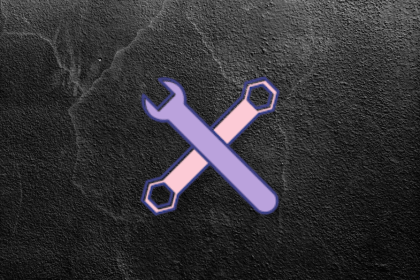
We’ve all read “The Lean Startup.” We get the theory. But when it’s time to ship, somehow we mess it up anyway.

From now on, app developers can avoid the 30 percent cut Apple takes from most transactions and opt to process payments on their own.

Outliers show you where your product is brittle, where your assumptions break, and where your next act might be hiding.

The rise of AI changed the rules of the game. Solving pain points and shipping new products has become faster and cheaper than ever before.

It’s easy to hide behind charts and justify decisions with shallow metrics. But great product teams resist that urge.

Using these guidelines, you can ensure that you develop lean, functional, and valuable products — all while avoiding feature creep.

This article covers insights for overcoming common challenges, as well as ways to embrace innovative ecommerce strategies.

As an alternative, this article outlines a case against MVPs, drawing on my own personal experience in the realm of product management.

Big opportunities come with big risks. A feasibility study helps you evaluate if your idea is worth it — learn how to do it right.

Instead creating visually appealing screens, focus on designing experiences that prioritize convenience, automation, and utility.

Use cases help product managers define how users interact with systems. This guide gives you everything you need — key elements, a clear build process, and a free downloadable template!

Product teams have a million things to do — but what comes first? A prioritization matrix makes it easy to decide. Here’s how to use it.